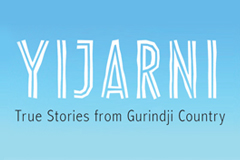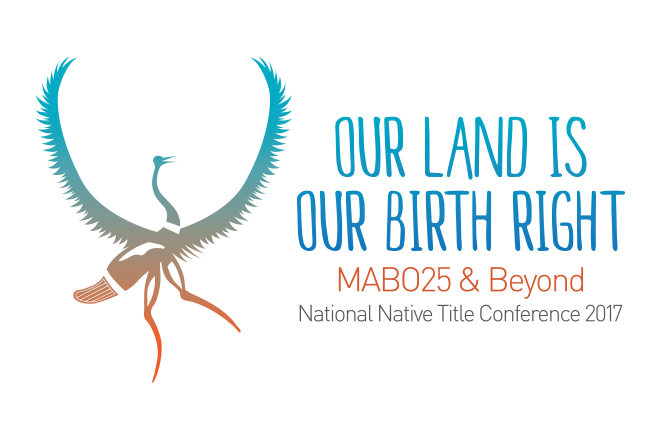A fundamental principle of family history research is to start with yourself and work backwards and outwards. In other words, start at home – your own home, your close relatives homes, and then keep moving out to more distant relatives.
Many people have useful information and sources for tracing their family history sitting around the house – birth, death or marriage certificates, wills, old family photos, newspaper clippings or family letters, for example.
- When you start researching your family’s history, have a look around your own house to see what things you might have, especially things that have been passed down through the family. They might be photographs, documents or objects, like household items, jewellry or even furniture.
- Ask relatives if they have anything that might be useful. Older relatives might have already written down some of the family history or begun compiling a family tree or created a slideshow for a family reunion or a commemoration. Ask to makes copies or use your phone to photograph items they have.
- If relatives start to see you as the ‘family historian’, they might be happy to give material to you. People may be happy to know someone is going to put the things they have been saving to good use.
Use a checklist
Use the Sources at home checklist to help you to think about all of the papers that you have at your home and the papers you might be able to ask other family members for. Of course, you won’t want all these sources!
But some of them may have just the piece of information you need. For example, one of your grandfathers or great grandfathers may have served in World War 1. No one in the family has ever mentioned this to you, but you see an old photograph of a young man in uniform and ask who he is. Finding out that one of your ancestors served in WW1 means that he has a military service record. Since it’s WW1, the record is available to the public and highly like to be accessible via the Internet. Next of kin, place of enlistment, medical history and sometimes correspondence from family – all valuable information for your research.
Toolkit: Sources at home checklist.




